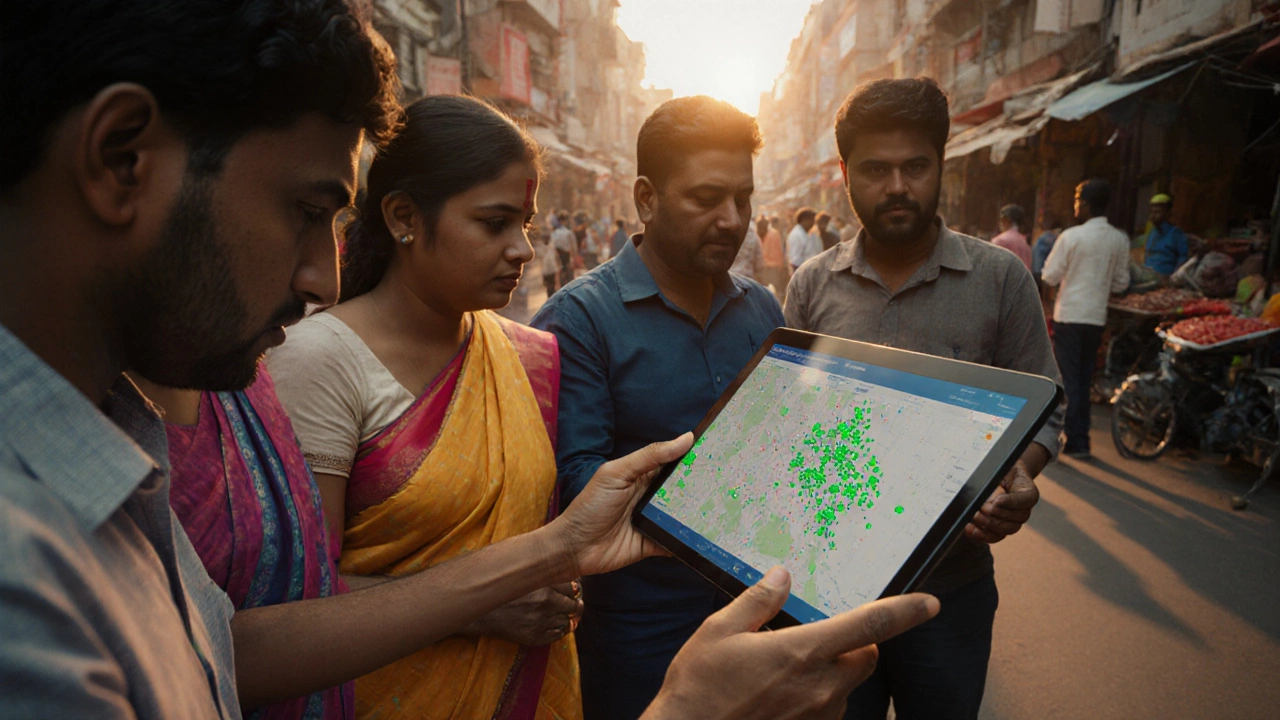Health Promotion: Real Programs That Work in India
When we talk about health promotion, the practice of enabling people to increase control over their health and its determinants. Also known as public health intervention, it’s not about fancy campaigns or viral TikTok challenges—it’s about making healthy choices easier, cheaper, and more normal for everyone. In India, where access to doctors is uneven and misinformation spreads fast, real health promotion means meeting people where they are—with clean water, clear messaging, and community trust.
It’s not magic. It’s public health programs, organized efforts by governments, NGOs, or hospitals to prevent disease and improve well-being at scale. Think polio drops handed out door-to-door in rural Uttar Pradesh, or smoke-free laws that cut lung cancer risk across cities. These aren’t theoretical ideas—they’re proven, measurable, and repeatable. And they work because they focus on behavior change, not just information. A poster about handwashing won’t stop diarrhea. But clean water taps near schools, paired with a teacher who reminds kids daily, will.
Behind every successful program is health education, the process of giving people the knowledge and skills to make informed health decisions. But it’s not lectures. It’s listening. It’s training ASHA workers to explain vaccines in local dialects. It’s using radio jingles in Odisha to teach pregnant women about nutrition. It’s showing farmers how to store food safely so kids don’t get sick from spoiled grains. This isn’t top-down preaching—it’s co-designed with communities.
And then there’s vaccination campaigns, targeted efforts to immunize populations against preventable diseases. India’s polio eradication wasn’t just about shots—it was about logistics, cold chains, mobile teams, and 2 million volunteers walking door to door for years. That’s health promotion at its most powerful: turning a medical tool into a social movement.
What you’ll find here aren’t abstract theories or global reports. These are real stories from India—programs that cut malaria in tribal belts, got millions of women to use clean cookstoves, and turned schoolyards into hubs for teen mental health talks. No jargon. No fluff. Just what worked, why it worked, and how it can be done again.






